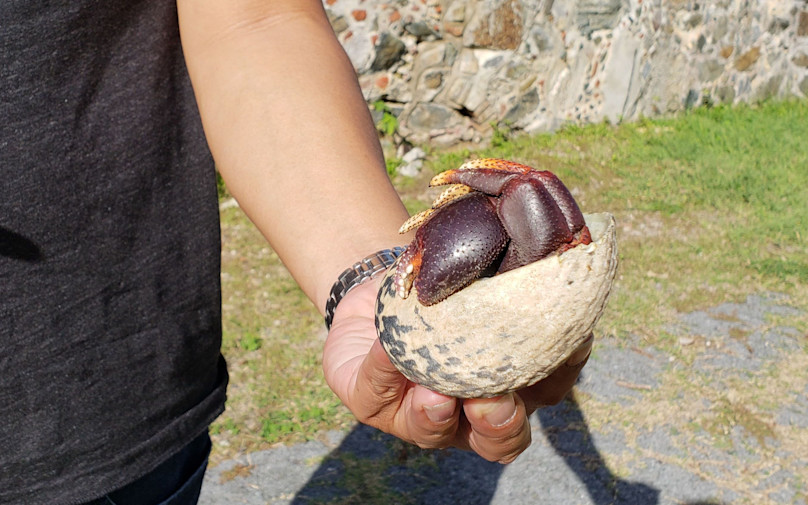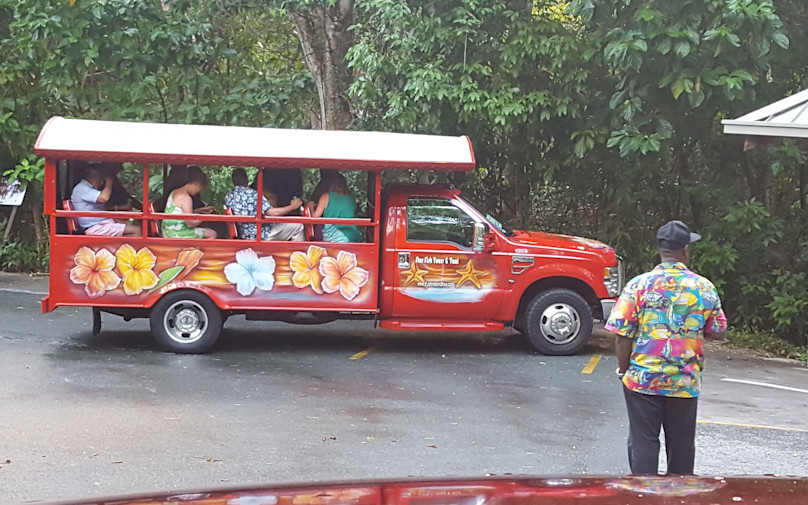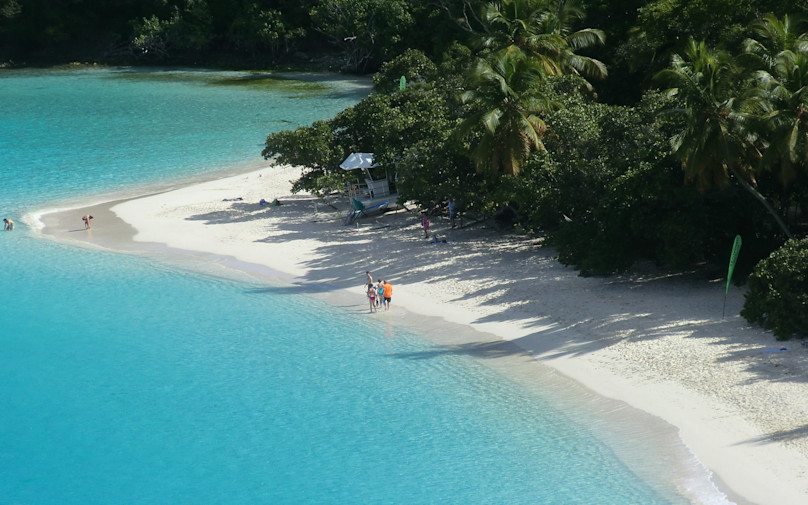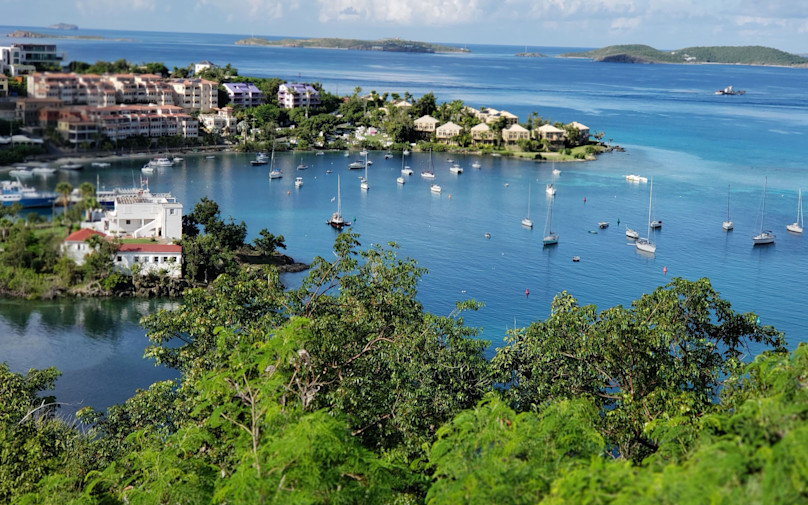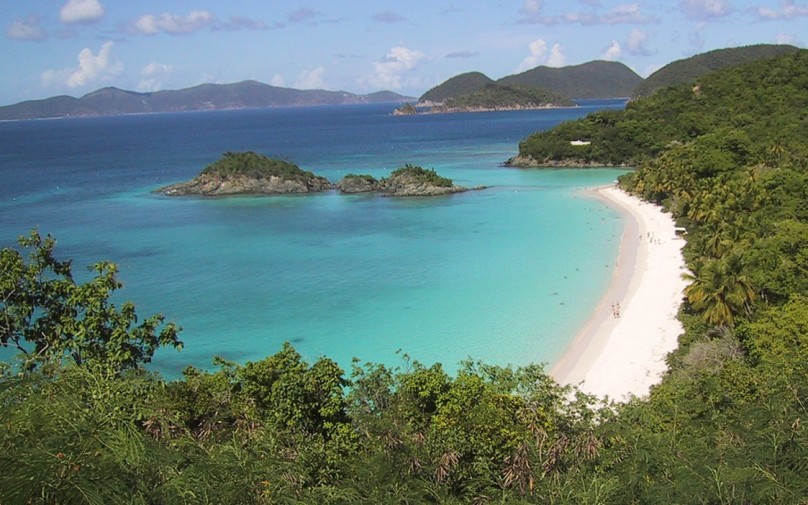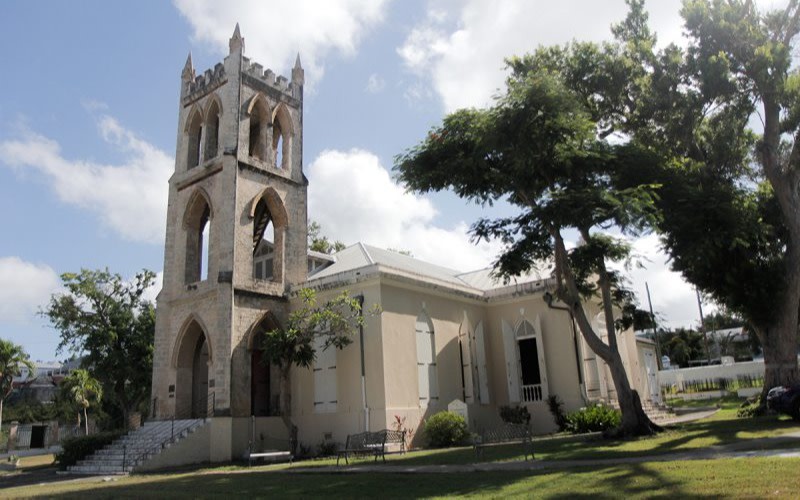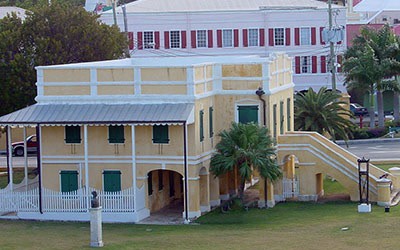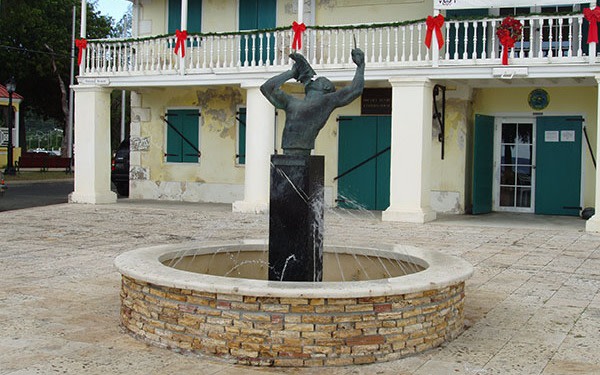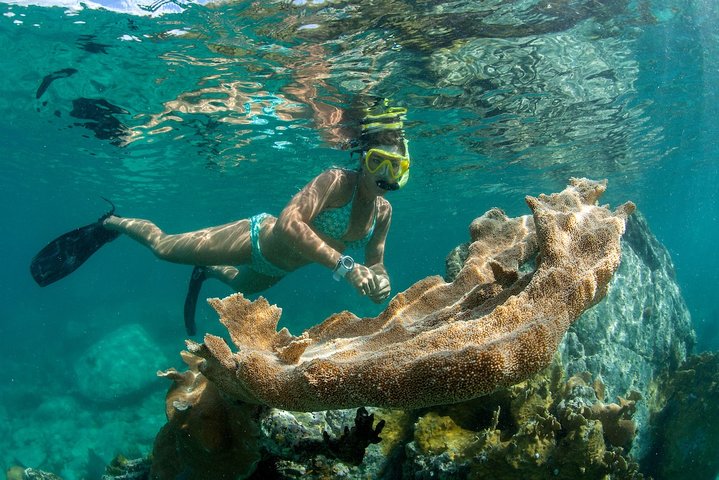
St. John, a gem in the U.S. Virgin Islands, is a paradise waiting to be explored. With its pristine beaches, lush landscapes, and vibrant marine life, it offers a perfect blend of relaxation and adventure. One of the best ways to start your journey is by taking a private island tour, where you can discover the hidden treasures of the island at your own pace. For those who love the ocean, the luxury turtle snorkel adventure provides an intimate experience with the island’s marine life, away from the crowds. As the sun sets, don’t miss the night kayak tour, where you can paddle under the stars and witness the water glowing with bioluminescence. History enthusiasts will enjoy the historic beach tour, which combines the island’s rich history with its stunning beaches. For a truly unique experience, embark on the eco hike and snorkel at Honeymoon Beach, where you can explore the island’s wildlife and marine life. Whether you’re a local or a tourist, St. John offers something for everyone, making it a must-visit destination in the Caribbean.
St. John, a gem in the U.S. Virgin Islands, is a paradise waiting to be explored. With its pristine beaches, lush landscapes, and vibrant marine life, it offers a perfect blend of relaxation and adventure. One of the best ways to start your journey is by taking a private island tour, where you can discover the hidden treasures of the island at your own pace. For those who love the ocean, the luxury turtle snorkel adventure provides an intimate experience with the island’s marine life, away from the crowds. As the sun sets, don’t miss the night kayak tour, where you can paddle under the stars and witness the water glowing with bioluminescence. History enthusiasts will enjoy the historic beach tour, which combines the island’s rich history with its stunning beaches. For a truly unique experience, embark on the eco hike and snorkel at Honeymoon Beach, where you can explore the island’s wildlife and marine life. Whether you’re a local or a tourist, St. John offers something for everyone, making it a must-visit destination in the Caribbean.
